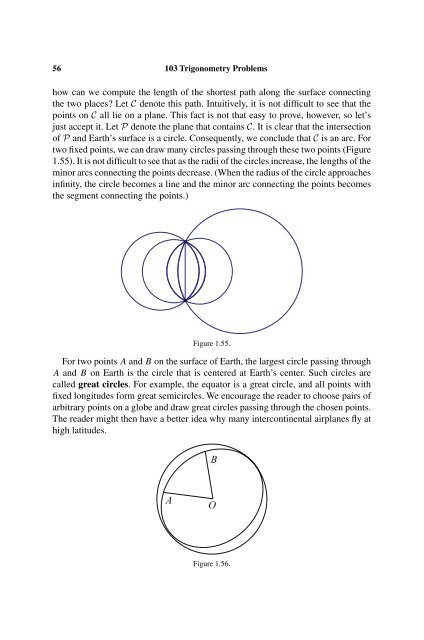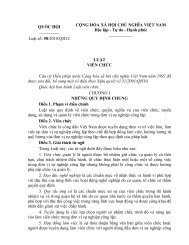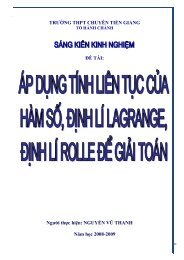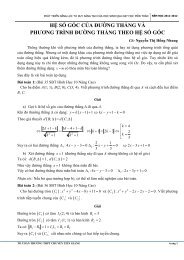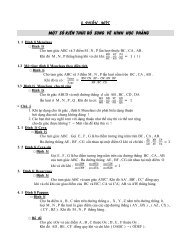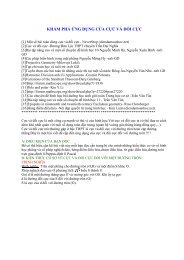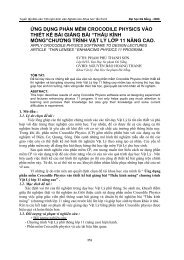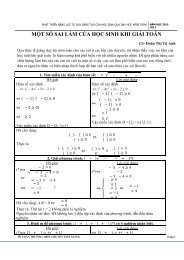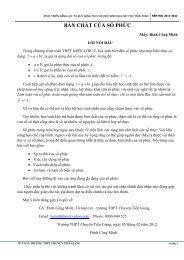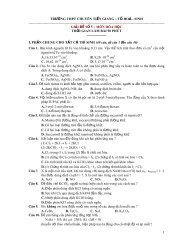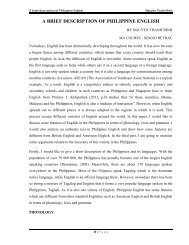103 Trigonometry Problems
103 Trigonometry Problems
103 Trigonometry Problems
You also want an ePaper? Increase the reach of your titles
YUMPU automatically turns print PDFs into web optimized ePapers that Google loves.
56 <strong>103</strong> <strong>Trigonometry</strong> <strong>Problems</strong><br />
how can we compute the length of the shortest path along the surface connecting<br />
the two places? Let C denote this path. Intuitively, it is not difficult to see that the<br />
points on C all lie on a plane. This fact is not that easy to prove, however, so let’s<br />
just accept it. Let P denote the plane that contains C. It is clear that the intersection<br />
of P and Earth’s surface is a circle. Consequently, we conclude that C is an arc. For<br />
two fixed points, we can draw many circles passing through these two points (Figure<br />
1.55). It is not difficult to see that as the radii of the circles increase, the lengths of the<br />
minor arcs connecting the points decrease. (When the radius of the circle approaches<br />
infinity, the circle becomes a line and the minor arc connecting the points becomes<br />
the segment connecting the points.)<br />
Figure 1.55.<br />
For two points A and B on the surface of Earth, the largest circle passing through<br />
A and B on Earth is the circle that is centered at Earth’s center. Such circles are<br />
called great circles. For example, the equator is a great circle, and all points with<br />
fixed longitudes form great semicircles. We encourage the reader to choose pairs of<br />
arbitrary points on a globe and draw great circles passing through the chosen points.<br />
The reader might then have a better idea why many intercontinental airplanes fly at<br />
high latitudes.<br />
B<br />
A<br />
O<br />
Figure 1.56.


